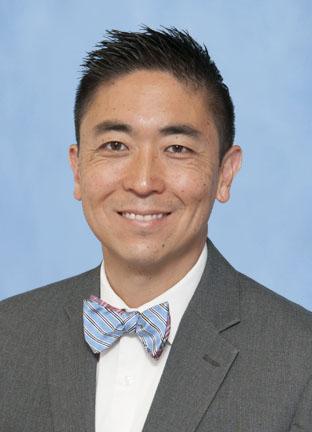Histotripsy is a unique non-invasive technique that uses mechanical rather than thermal means to destroy tissue. It is far more accurate, eliminating collateral tissue damage that can occur with other ablation techniques.
It was also developed here at the University of Michigan. Outreach from one of the inventors of historipsy, Dr. Zhen Xu of the Department of Biomedical Engineering, led to Cho’s lab being involved in the study.
“She was explaining how the thing actually worked and as she was describing the mechanism we got to thinking that there may be something unique about this that may have immune implications, too.”
The group started with some simple pilot experiments to see if their hypothesis was true—that histotripsy tumor destruction would stimulate an immune response. It was, and the response was stronger than expected. Mouse models targeting melanoma and liver cancer showed similar results.
“The magnitude of the response was a lot more potent than we were expecting. In melanoma the level of immune cell infiltration after histotripsy was actually not dissimilar from what we see from immunotherapy,” Cho said.
But why, exactly is this kind of response happening? It seems to have something with the kind of cell death histotripsy causes—a death that perhaps looks like viral infection death—and it’s something Cho is interested in understanding better.
“We’ve evolved such that when cells die from infectious causes, they die in such a way that they tell the immune system that something’s wrong, and the immune system needs to look into this,” Cho said.

